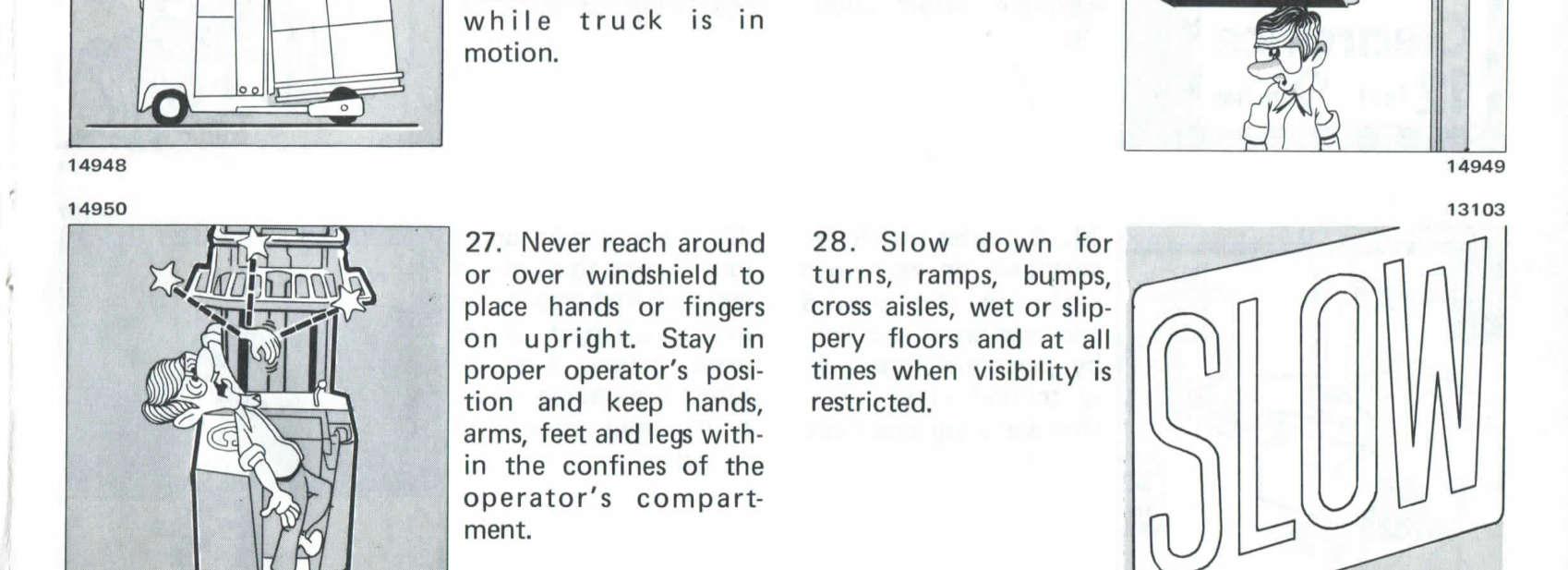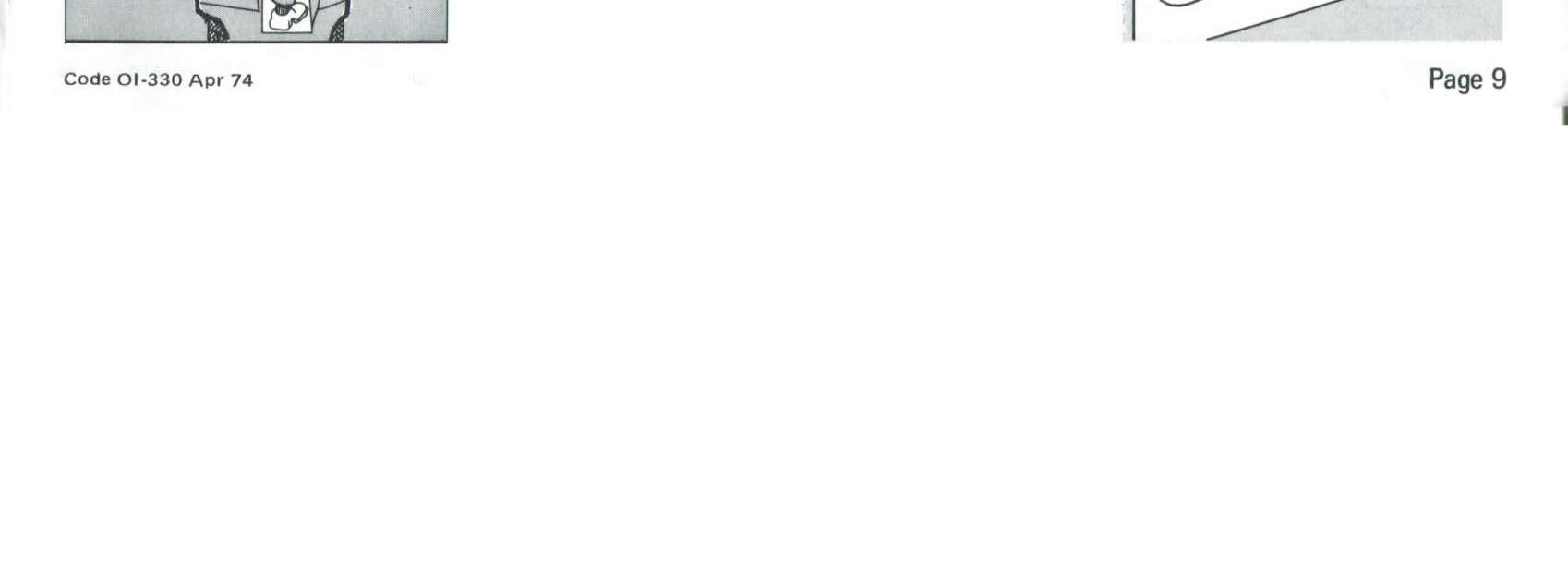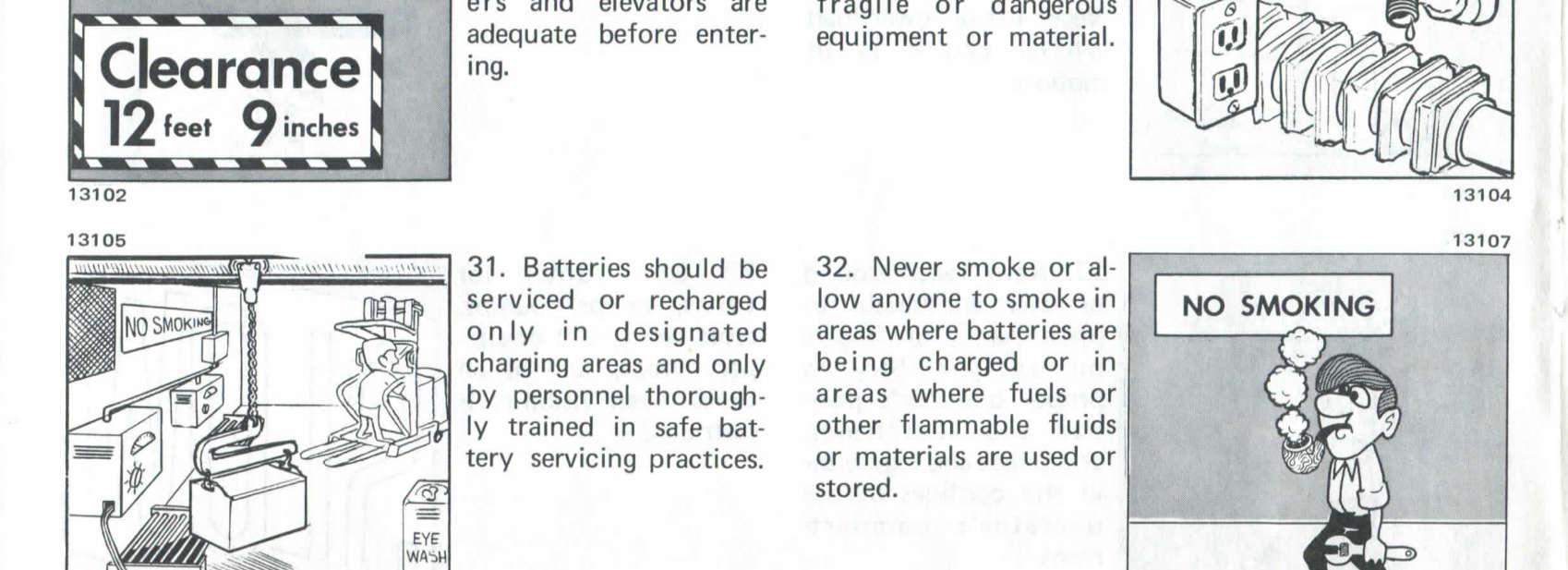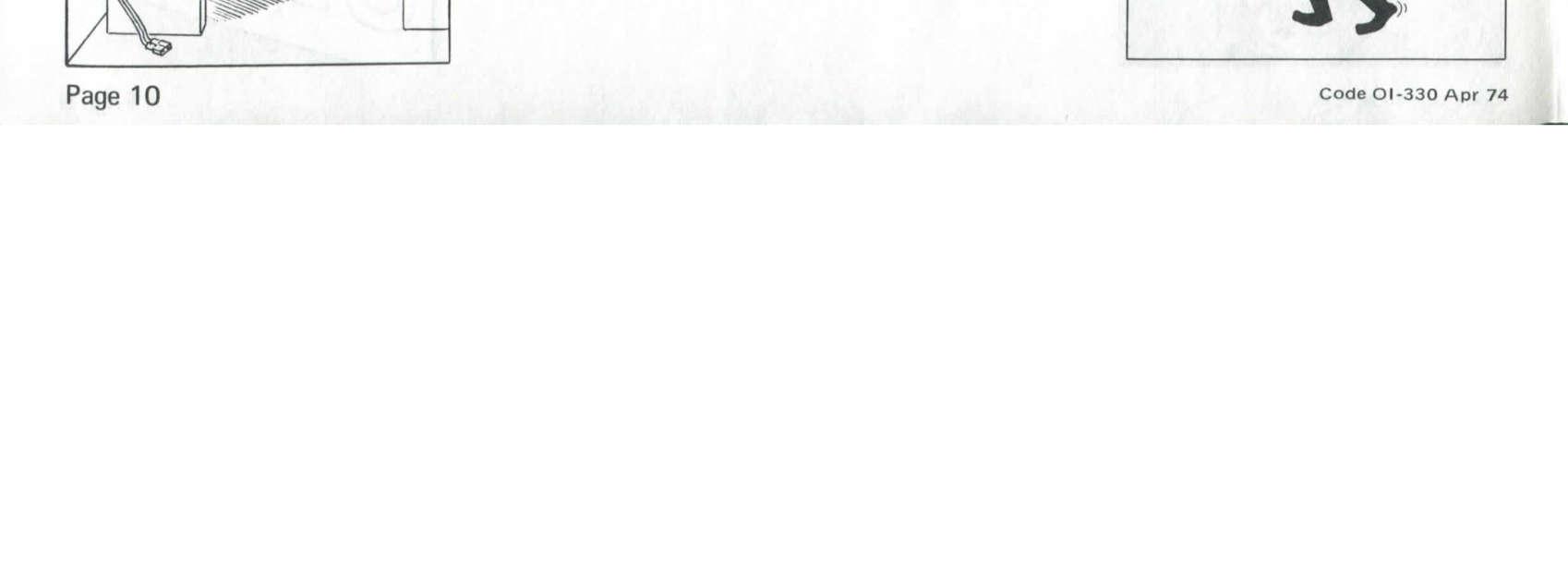
6 minute read
Load Wheels
1. Only physically qualified and thoroughly trained personnel shall b e a u t h o r ized to operate powered lift trucks.
3. Learn how your truck is operated. Know its safety devices, how they function and how the special attachments, if any, work. 2. Prominently placed on every Clark truck is a list of basic rules for operation. These rules are for the protection of you and others in your operating area. Be familiar with them.
4. The wearing of "ha r d hats", safety glasses and safety shoes is recommended. Dress suitably and avoid loose fitting clothing.

13110
14662 14962

Code 01·330 Apr 74 Page 3


14663 5. Never operate a lift truck with wet or greasy hands or shoes.
7. Always look all around the truck before moving it in any direction. Then remember to start and stop slowly and smoothly. 6. Before operating any lift truck, test the horn, brakes, steering, hydraulic controls, directional controls, speed controls and special attachments, if any, for proper operation. Report any unusual or improper aperat ion to designated authority immediately.
8. Operate the truck only in designated truck routes and keep operating aisles clear. Oneway traffic is recommended. If this is not practical in your operation heed highway regu1 at ions and drive to right of aisle centerline.
©1---------··-·---·-r---> � . !
14646

Page 4
IC--
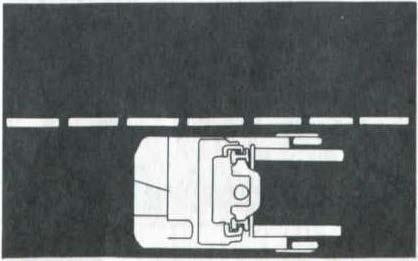
Code 01·330 Apr 74
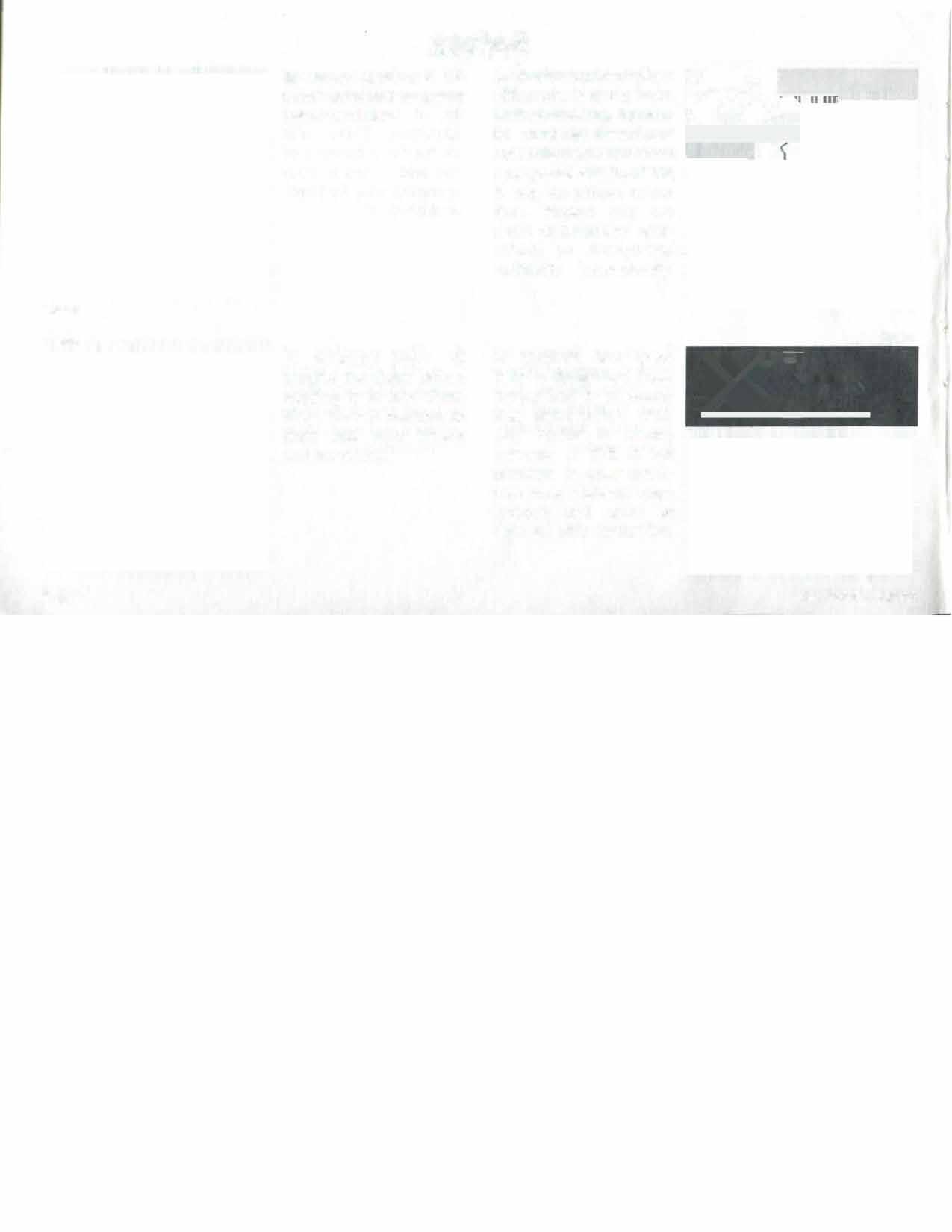
J
9. Be alert for pedestrians, other trucks or obstacles in your path of travel.
11. Obey all posted traffic rules and warning signs. 10. Sound horn at all i---------,-corners, ex its, entrances and when approaching pedestrians or bystanders.
12. Maintain a safe distance from the truck ahead of you at all times.

14664 13087
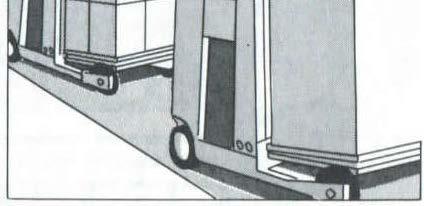


Code 01-330 Apr 74 Assure ample distance 1-���-v' to stop smoothly and safely should the need /r---l<-==i ,IJl.!!!!!:!:::<:::::=" arise.
Page 5

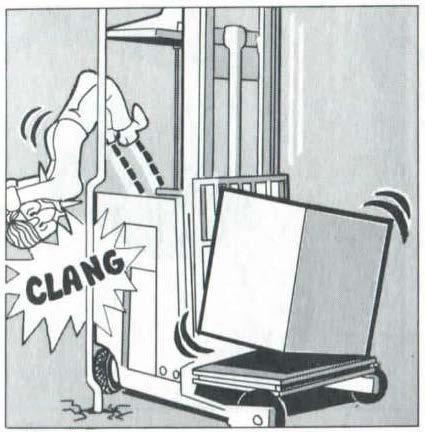
14958 13. Be aware of rear end swing and be alert to prevent rear end swing damage to material in your operating area.
15. Be extremely cautious when operating truck near edge of loading dock.
14. A I ways be sure of the position of your fork ti p s and I o ad wheels when truck is in motion. Be alert to avoid striking anything with fork tips or load wheel outriggers.
16. Make sure vehicle being entered has been blocked to prevent acc id e n ta I roll. Bridge plates must have adequate strength, width, guard rai Is each side ( minimum 3" high recommended), and ber--1/ll.properly secured.


14959
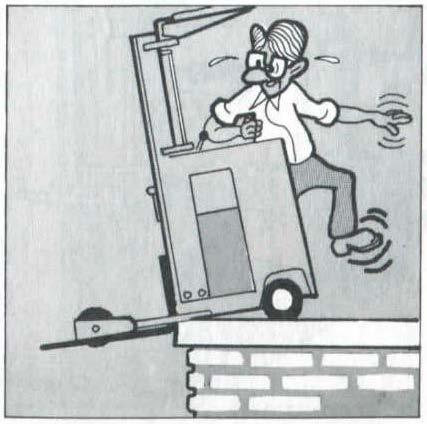
Page 6
Code 01-330 Apr 74
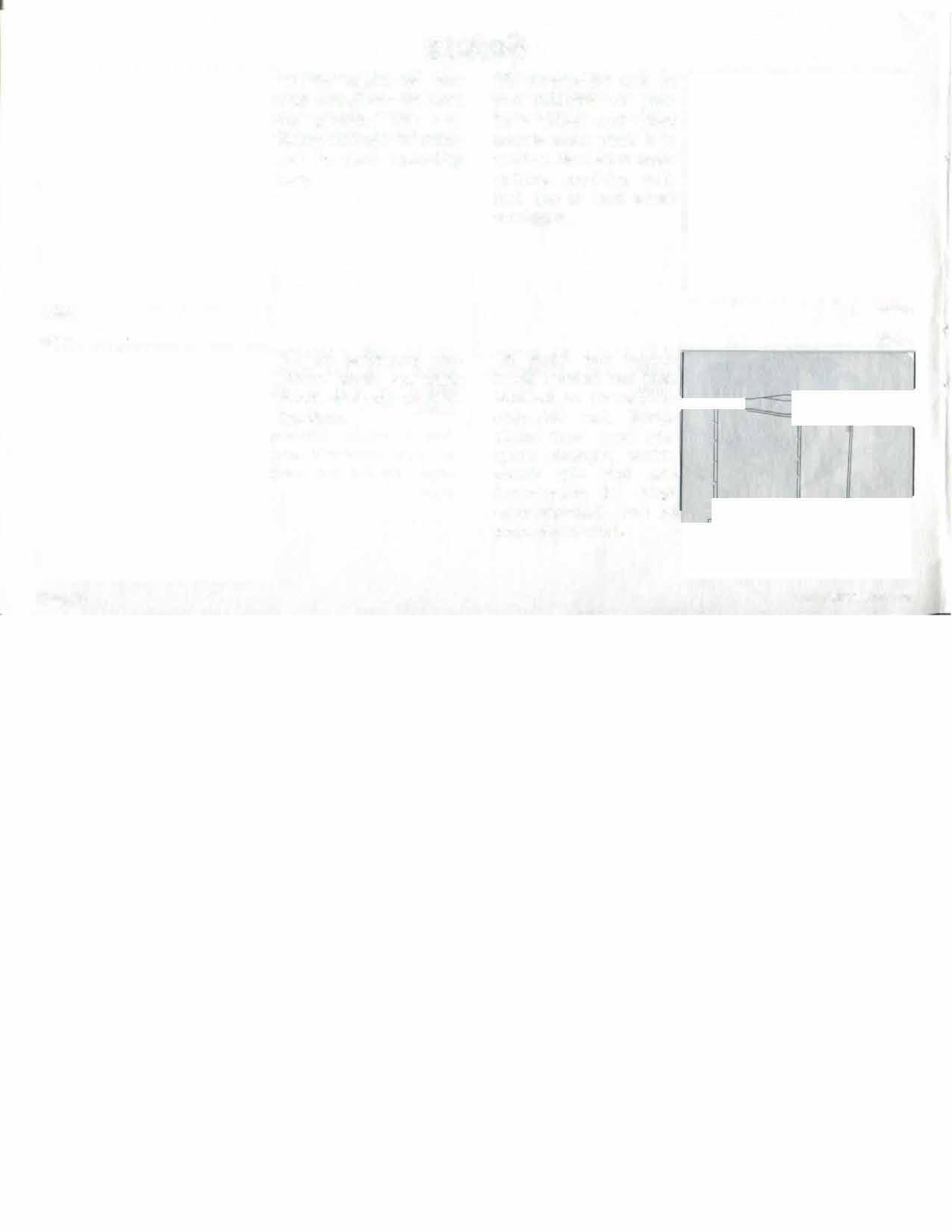
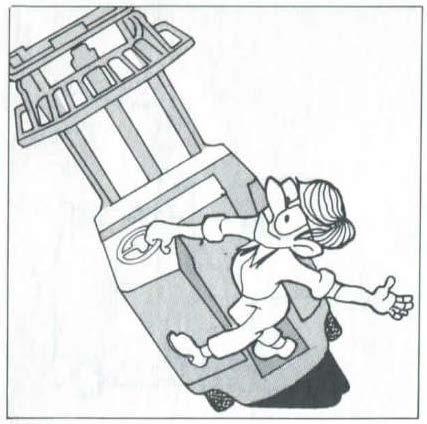
14960 17. Never allow stunt r iding or indulge in horseplay while operating a fork lift truck.
19. Never carry unauthorized passengers. The quick response of a lift truck may cause riders to fall off. Besides, they distract you and this is dangerous. 18. N e v e r u se your truck to push or tow another. Never allow your truck to be pushed or towed by another. Should a truck become disabled and require moving, notify t h e proper authority immediately.
20. Know the rated capacity of your truck and its attachment ( if any) and never exceed it. Study your truck data capacity plate and learn the facts stamped in areas 1 through 8. N o t e i n f o r m a t io n stamped in area 3 and refer to item 46 on page 14.
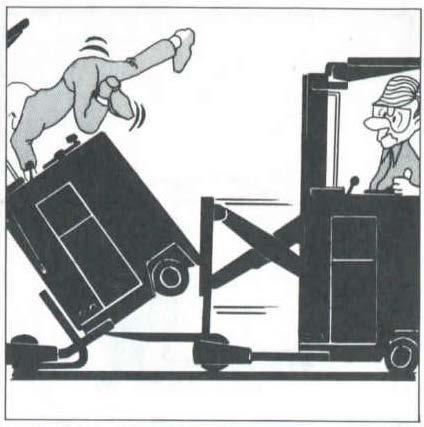
14946

Code 01-330 Apr 74 Page 7

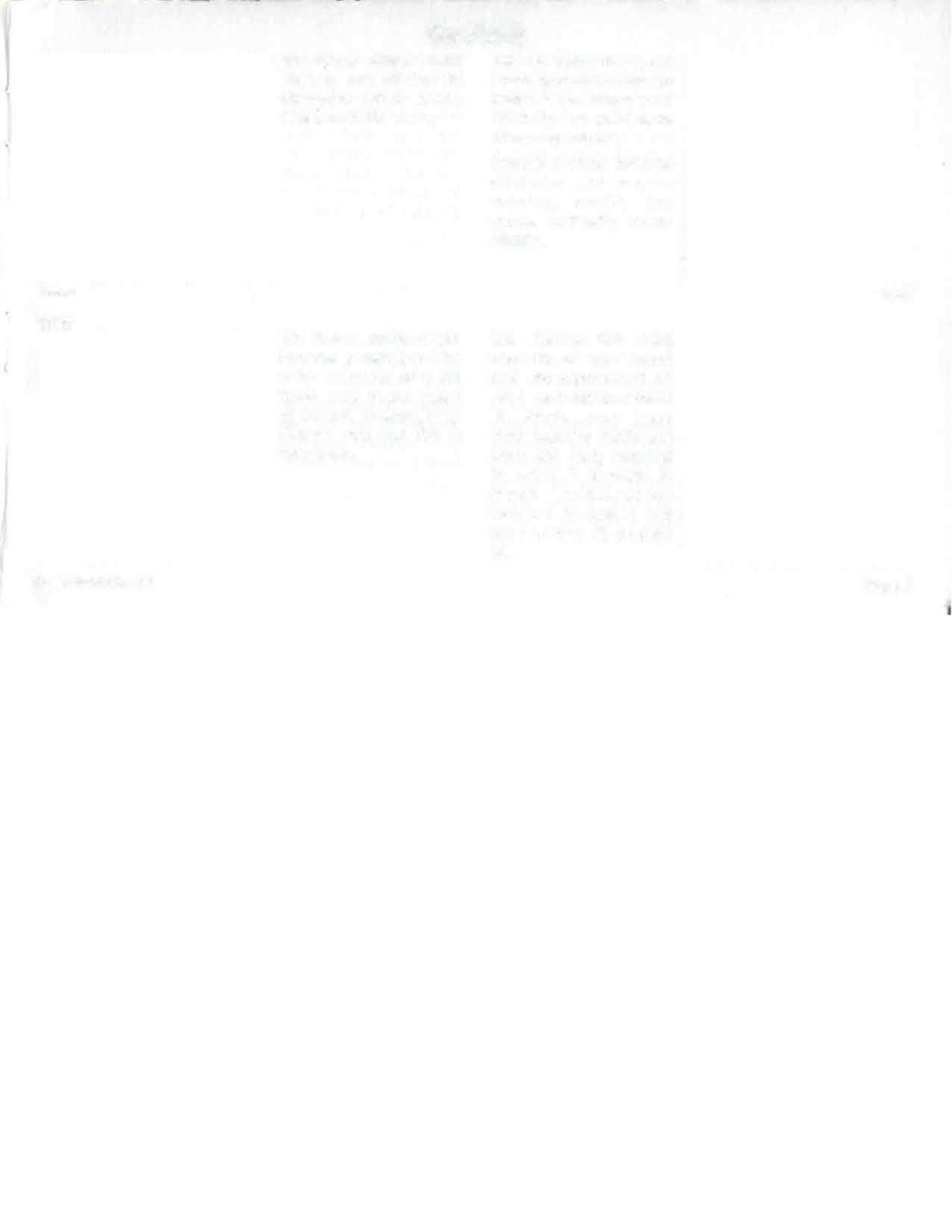

13094 21. Thoroughly inspect 22. Unstable loads are a all loads to be moved hazard to you and to for over I o a d and/or y o ur f ellow workers. poor balance. If the sta- Always make certain bility of a load is ques- that your load is well tionable, don't move it. stacked and evenly posit io n e d a c r o s s b o t h forks. Never attempt to lift a load with only one fork.
2 3 . Before l i f t i n g, check to insure adeq ua t e u n o b s t r u c te d overhead clearance. Gradually and smoothly pull up on lift/lower control arm. Smoothly return lever to neutral position to stop lift at desired I eve I. 24. Push down on I ift/ lower control arm to lower load. Descent of load may be stopped at desired level by smoothly returning lever to its neutral position.
14648

Page 8
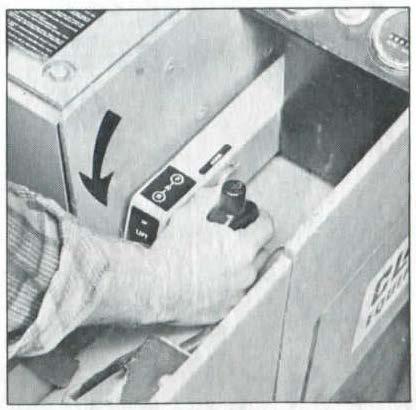
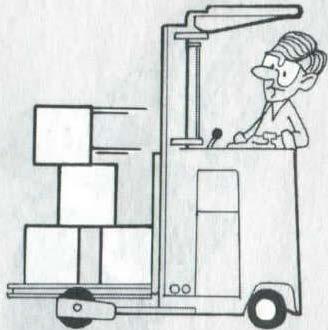
Code 01-330 Apr 74


